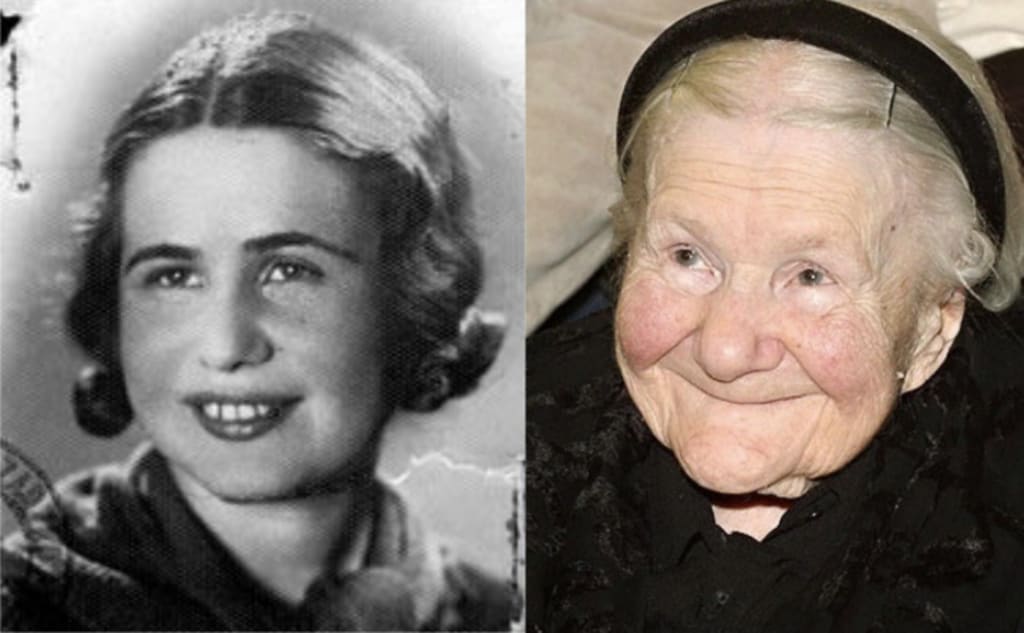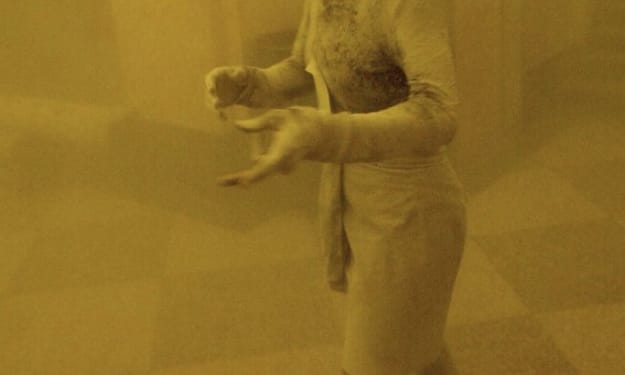Irena Sendler: The Heroine of the Warsaw Ghetto
Heroine Story

During World War II, Irena Sendler, a Polish social worker, played a crucial role in rescuing Jewish children from the horrors of the Warsaw Ghetto. Together with a team of dedicated associates, Sendler orchestrated an elaborate operation that provided false identification documents and safe accommodations for these children. Their courageous efforts ultimately saved the lives of approximately 2,500 Jewish children, marking one of the most remarkable rescue missions of the Holocaust.
The Situation in the Warsaw Ghetto
The Warsaw Ghetto was established by Nazi Germany in 1940 to confine the Jewish population of Warsaw in an area of approximately 1.3 square miles. Conditions in the ghetto were appalling, with severe overcrowding, rampant disease, and widespread starvation. The Nazis systematically deported ghetto inhabitants to extermination camps, primarily Treblinka, where most were murdered. Amid this backdrop of despair, Irena Sendler emerged as a beacon of hope.
Irena Sendler’s Early Life and Involvement
Born on February 15, 1910, in Warsaw, Irena Sendler was deeply influenced by her father's values of humanitarianism and social justice. Her father, a physician, died of typhus contracted while treating poor Jewish patients, an act of selflessness that left a profound impact on her. Sendler studied social work and became actively involved in the welfare of Warsaw's underprivileged communities.
When the Nazis invaded Poland in 1939, Sendler, already an employee of the Warsaw Social Welfare Department, joined the Polish resistance and began using her position to aid Jews confined in the ghetto. She secured permission to enter the ghetto under the pretext of inspecting sanitary conditions, which allowed her to smuggle in food, medicine, and clothing.
The Rescue Operation
In 1942, as the Nazi regime intensified its extermination efforts, Sendler joined Żegota, the Council to Aid Jews, organized by the Polish underground resistance. It was within this framework that she spearheaded a massive operation to rescue Jewish children from the ghetto.
Sendler and her team of about ten associates, including social workers and nurses, devised numerous methods to smuggle children out. They hid infants in toolboxes and luggage, escorted older children through underground tunnels, or disguised them as non-Jews and led them out through sewer systems. Some children were given sedatives to keep them quiet during these perilous escapes.
Once outside the ghetto, the children were given false identification documents with non-Jewish names. Sendler and her team placed them with sympathetic Polish families, in orphanages, or within religious institutions, where they were taught Christian prayers and customs to help them blend in and avoid detection by the Nazis.
Risk and Sacrifice
The work was fraught with danger. The penalty for aiding Jews was death, not only for the individual but also for their entire family. Despite this, Sendler and her colleagues persisted, motivated by a profound sense of duty and humanity. In October 1943, Sendler was arrested by the Gestapo. She endured torture and interrogation but refused to divulge any information about her operations or the identities of her associates. She was sentenced to death, but Żegota managed to bribe a German officer, securing her release.
Even after her escape, Sendler continued her rescue work under a false identity. She meticulously recorded the real names of the children and their new identities on slips of paper, which she buried in jars in a neighbor's garden. Her hope was that these records would one day help reunite the children with their families.
Legacy and Recognition
After the war, Irena Sendler attempted to locate the children's relatives, but tragically, most of their parents had perished in the Holocaust. Her heroic efforts, however, ensured that the children she saved survived to rebuild their lives. Despite her extraordinary bravery, Sendler's story remained largely unknown for many years, overshadowed by the broader narrative of the Holocaust.
It wasn't until 1965 that Sendler was recognized by Yad Vashem as one of the Righteous Among the Nations. In 2007, she was nominated for the Nobel Peace Prize, bringing her remarkable story to global attention. Irena Sendler passed away on May 12, 2008, at the age of 98, leaving behind a legacy of courage, compassion, and resilience.
Conclusion
Irena Sendler's selfless actions during one of history's darkest periods highlight the profound impact of individual bravery in the face of systemic evil. Her efforts not only saved the lives of 2,500 Jewish children but also serve as a testament to the power of humanity and the enduring spirit of resistance against oppression. Her story continues to inspire and remind us of the profound difference one person can make in the world.Start writing...
About the Creator
Enjoyed the story? Support the Creator.
Subscribe for free to receive all their stories in your feed. You could also pledge your support or give them a one-off tip, letting them know you appreciate their work.






Comments
There are no comments for this story
Be the first to respond and start the conversation.